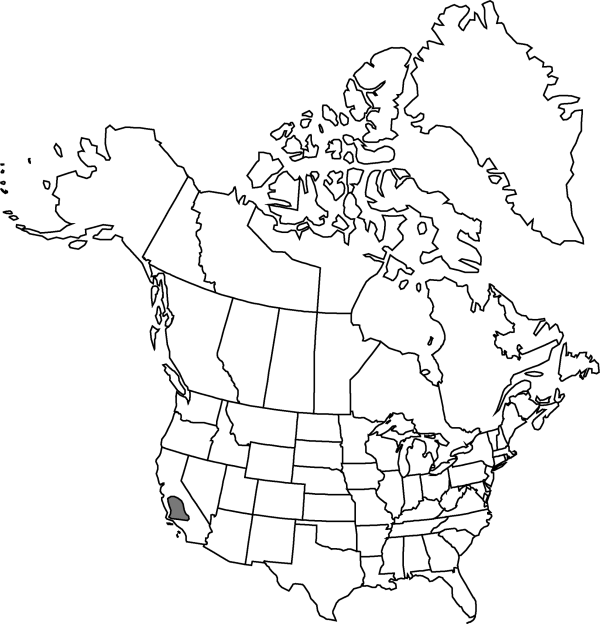Difference between revisions of "Abronia pogonantha"
Bot. Jahrb. Syst. 11: 87, plate 2, fig. 4. 1889.
FNA>Volume Importer |
imported>Volume Importer |
||
| Line 6: | Line 6: | ||
|place=11: 87, plate 2, fig. 4. 1889 | |place=11: 87, plate 2, fig. 4. 1889 | ||
|year=1889 | |year=1889 | ||
| + | }} | ||
| + | |special_status={{Treatment/ID/Special_status | ||
| + | |code=F | ||
| + | |label=Illustrated | ||
| + | }}{{Treatment/ID/Special_status | ||
| + | |code=E | ||
| + | |label=Endemic | ||
}} | }} | ||
|basionyms= | |basionyms= | ||
| Line 44: | Line 51: | ||
|publication title=Bot. Jahrb. Syst. | |publication title=Bot. Jahrb. Syst. | ||
|publication year=1889 | |publication year=1889 | ||
| − | |special status= | + | |special status=Illustrated;Endemic |
| − | |source xml=https:// | + | |source xml=https://bibilujan@bitbucket.org/aafc-mbb/fna-data-curation.git/src/bb6b7e3a7de7d3b7888a1ad48c7fd8f5c722d8d6/coarse_grained_fna_xml/V4/V4_130.xml |
|genus=Abronia | |genus=Abronia | ||
|species=Abronia pogonantha | |species=Abronia pogonantha | ||
Revision as of 23:12, 27 May 2020
Plants annual. Stems decumbent to ascending, little to moderately branched, elongate, glandular-pubescent. Leaves: petiole 0.8–4 cm; blade ovate to oblong-ovate, 2–5 × 1.5–3.5 cm, margins entire to ± sinuate and undulate, surfaces glandular-pubescent. Inflorescences: peduncle longer than subtending petiole; bracts lanceolate to broadly ovate, 4–9 × 1.8–6 mm, papery, puberulent to glandular-pubescent, often villous basally; flowers 12–24. Perianth: tube rose red, at least basally, 10–20 mm, limb white to pink, 6–8 mm diam. Fruits winged, broadly cordate or ± round in profile, 4–6 × 4–6 mm, coriaceous, apex deeply notched with small beak; wings 2(–3), infrequently partially folded together, without dilations, interior spongy.
Phenology: Flowering spring–summer.
Habitat: Sandy soils, Joshua tree desert scrub
Elevation: 100-1600 m
Discussion
Selected References
None.

